Extraordinary White Sesame and Brown Sesame Seeds for Sale
ACPFOOD is where you can buy white Sesame. Since we purchase high quality products directly from farmers, we provide and sell bulk Brown Sesame seeds with the best quality to wholesalers, retailers and manufacturers and you can buy it from us with the best price.
Sesamum indicum seed wholesaler, supplier and exporter
To order Common Simsim, please contact us.
About Sesamum Indicum
Sesamum indicum is an annual plant whose height reaches one meter. The stems of the Sesamum indicum plant are hairy and relatively thick, and their cross section is square. On the surface of these stems, four longitudinal and deep grooves can be seen. The leaves of this plant are slightly elongated, pointed, almost Almond-shaped and sometimes heart-shaped, their edges are serrated and they grow reciprocally. The flowers are bell-shaped, slightly elongated, and integrated, and grow at the junction of the leaves. The flower color of some species is pink and others are white.
The fruits have green, elongated, pointed and prismatic pods with an octagonal base surface. Long and deep grooves can be seen on the surface of these pods. There are eight tanks inside each pod and a number of seeds inside each tank. The seeds of each tank are separated from the seeds of other tanks by a thin curtain, and each column of seeds is parallel to the other column. Sesame fruit seeds are small, drop-shaped, slightly wide, white, shiny, and oily. The seeds of some species of Sesamum indicum are black. The best white sesame is fresh, slightly oily, and fully ripe.
Sesamum Indicum Chemical Constituents
The seeds yield about 50% fixed oil, 22-25% proteins and upto 8% mucilage. The oil, a pale yellow odourless and tasteless liquid, consists of 45% oleic, 40% linoleic, 10% palmitic, 4% stearic and traces of arachidic and myristic acid glycerides. Also present in the oil is a phenol, sesamol, produced by the hydrolysis of a lignan, sesamolin.
Sesame Temperament
Hot and moist.
Sesame Health Benefits
- Sesame is nourishing, diuretic and emollient, useful for softening the chest and clears the voice, relieves cramps and obstruction, prescribed for rheumatism, insentience, paralysis, constipation, hypotension and uterine diseases.
- If you eat a lot of roasted Beniseed, it is useful to abort a dead baby.
- Brew and mixed it with chickpeas and drink it. It is emmenagogue.
- Eat its pounded sip with the rock candy for a while. To relieve stomach and esophagus burn, stomach and intestines laxative and expel kidney stones.
- Pound eight grams of it with 4 grams of walnut and eat it. Treats hemorrhoid bleeding.
- Eat it with Flax seeds. It is useful for strengthening sexual power and increasing sperm.
- Pound it well and eat it with vinegar. It is useful for relieving colic and bites of horned snakes.
- Its poultice dissolves swellings and softens the skin, removes the bruising of the skin, is useful for removing nerve knots and burns from fire, and prevents blister after burning, and relieves pain and irritation.
Sesame Side Effects
It is slow to digest.
Sesame Modifier
Honey

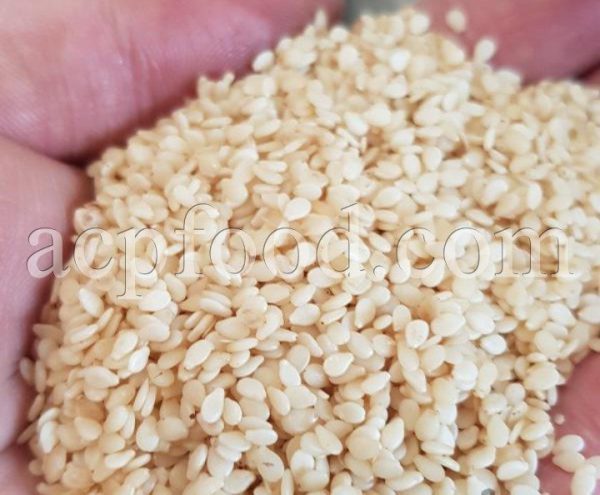
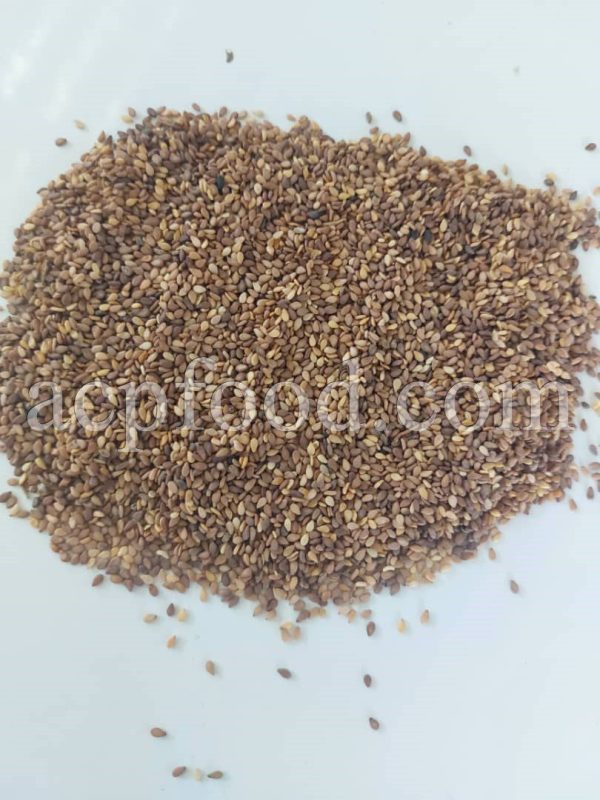
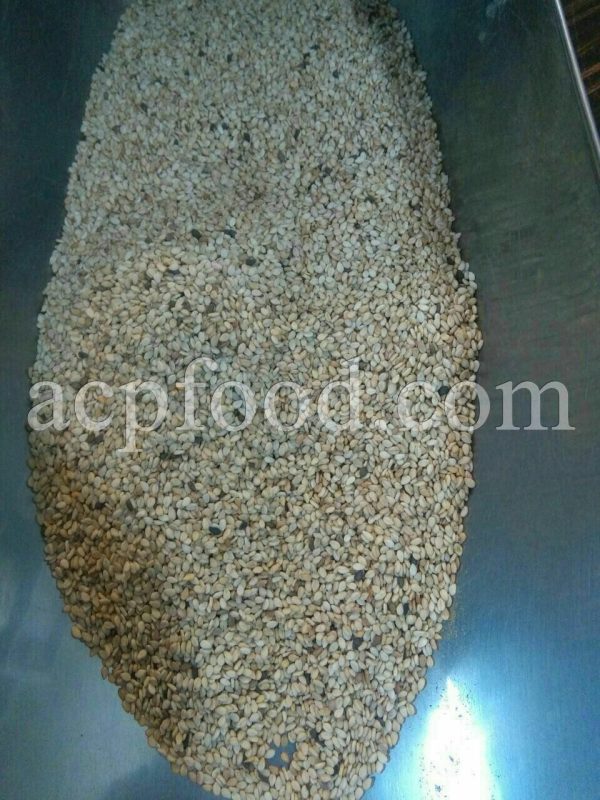
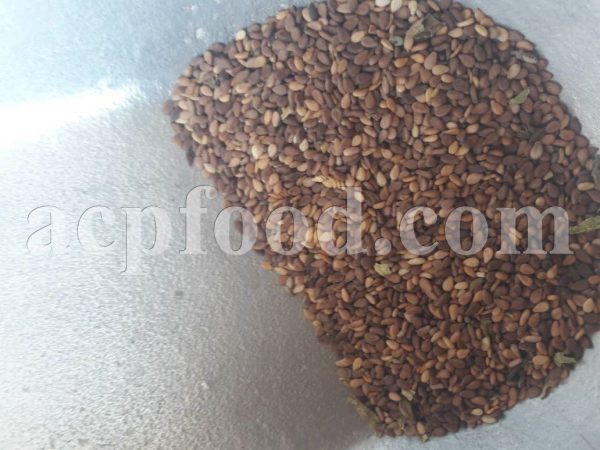
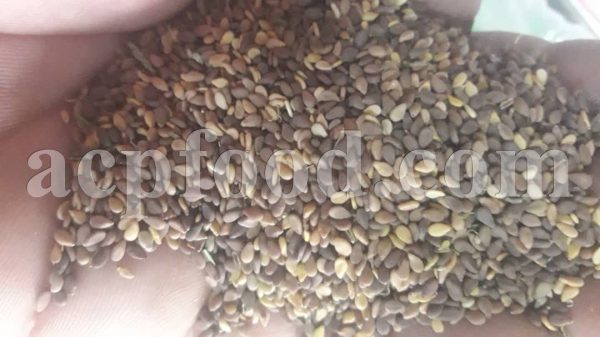
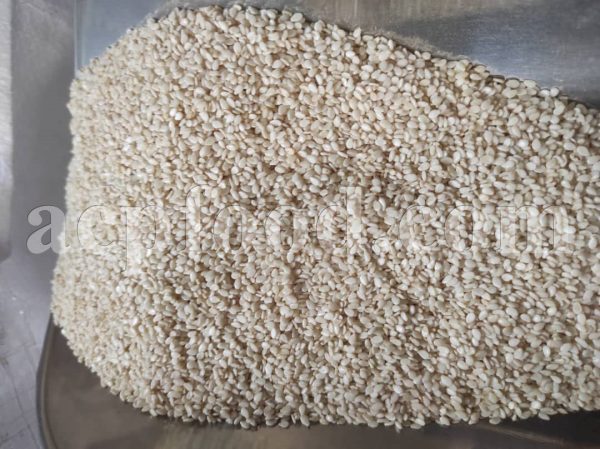
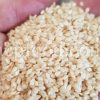
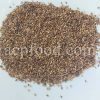
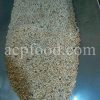
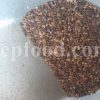
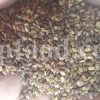
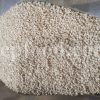
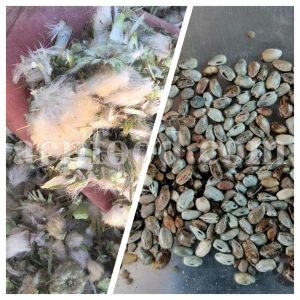
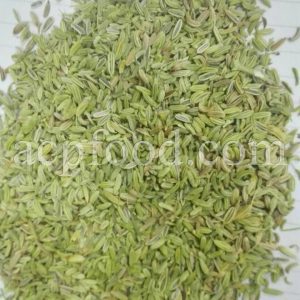
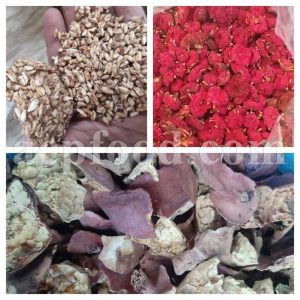
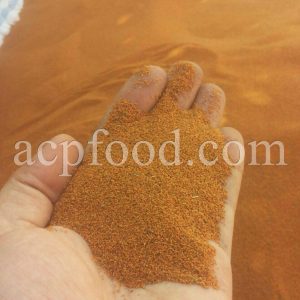
Reviews
There are no reviews yet.